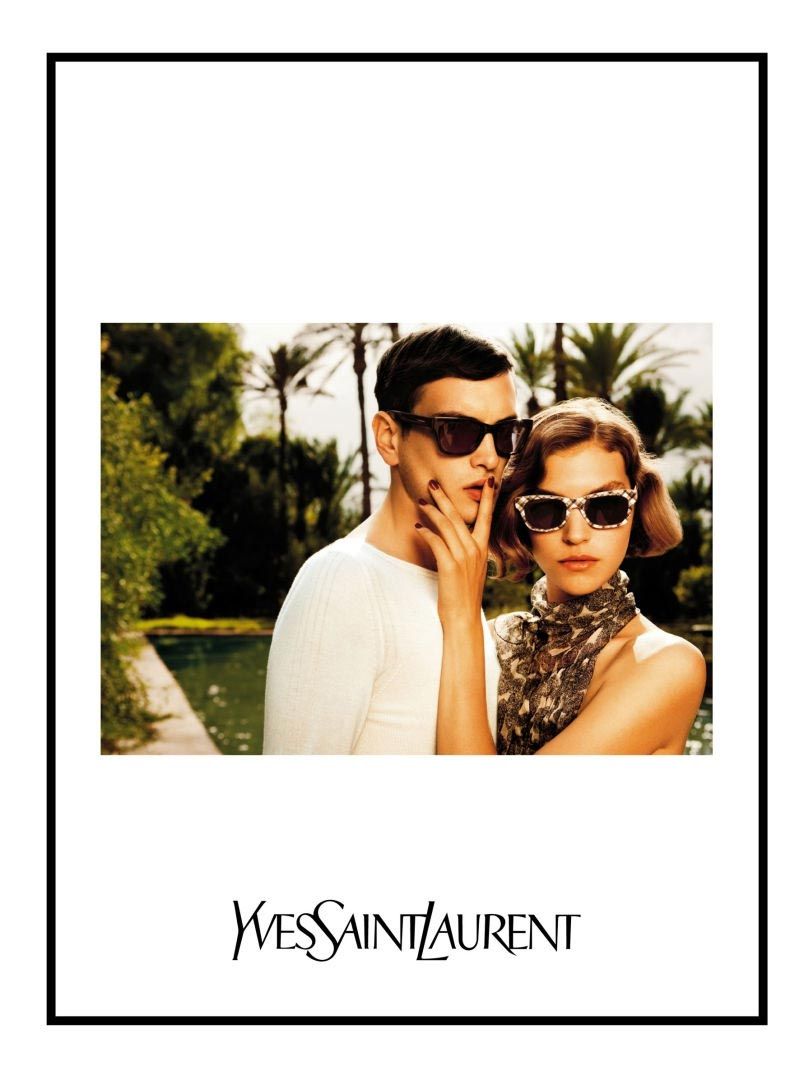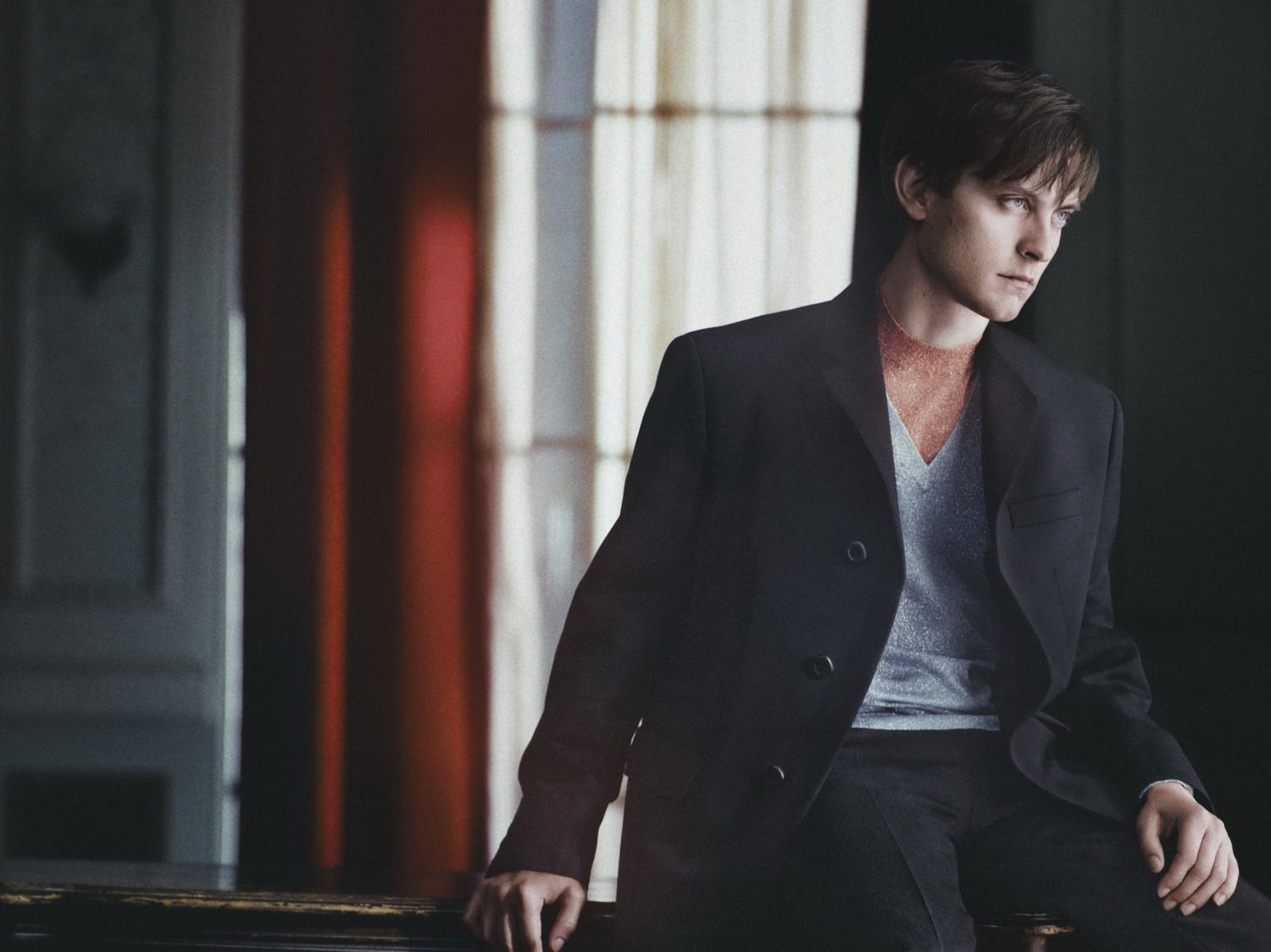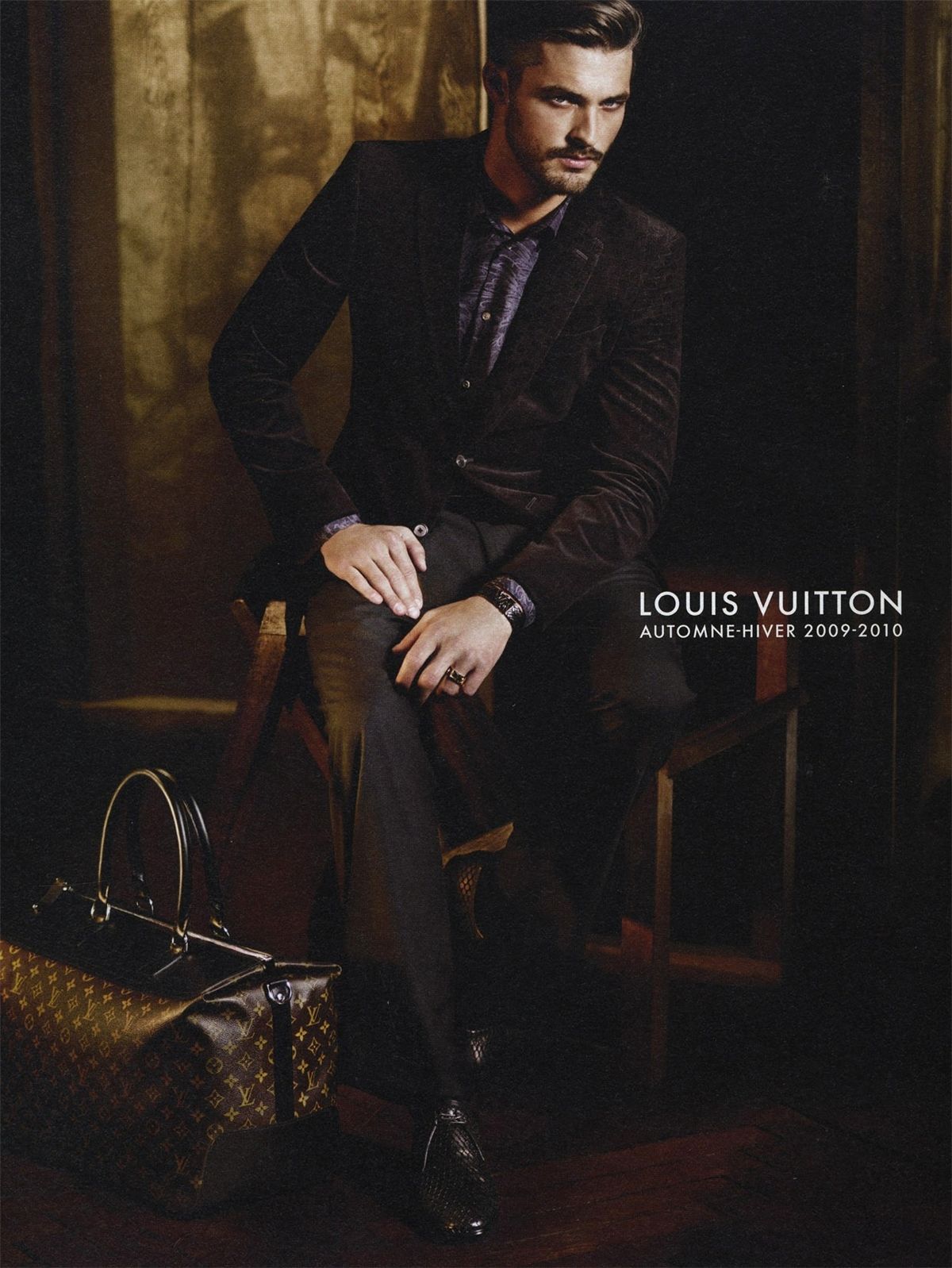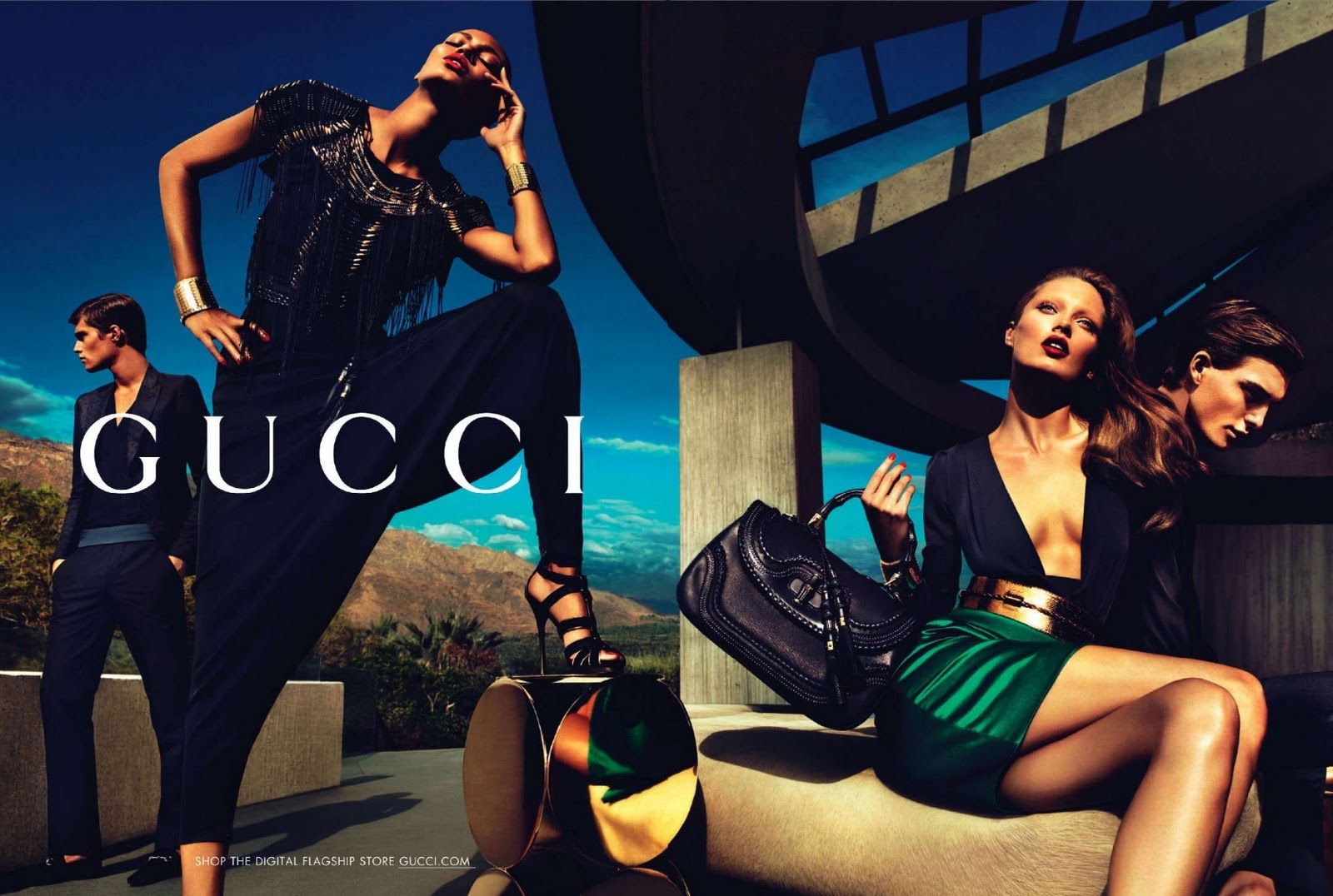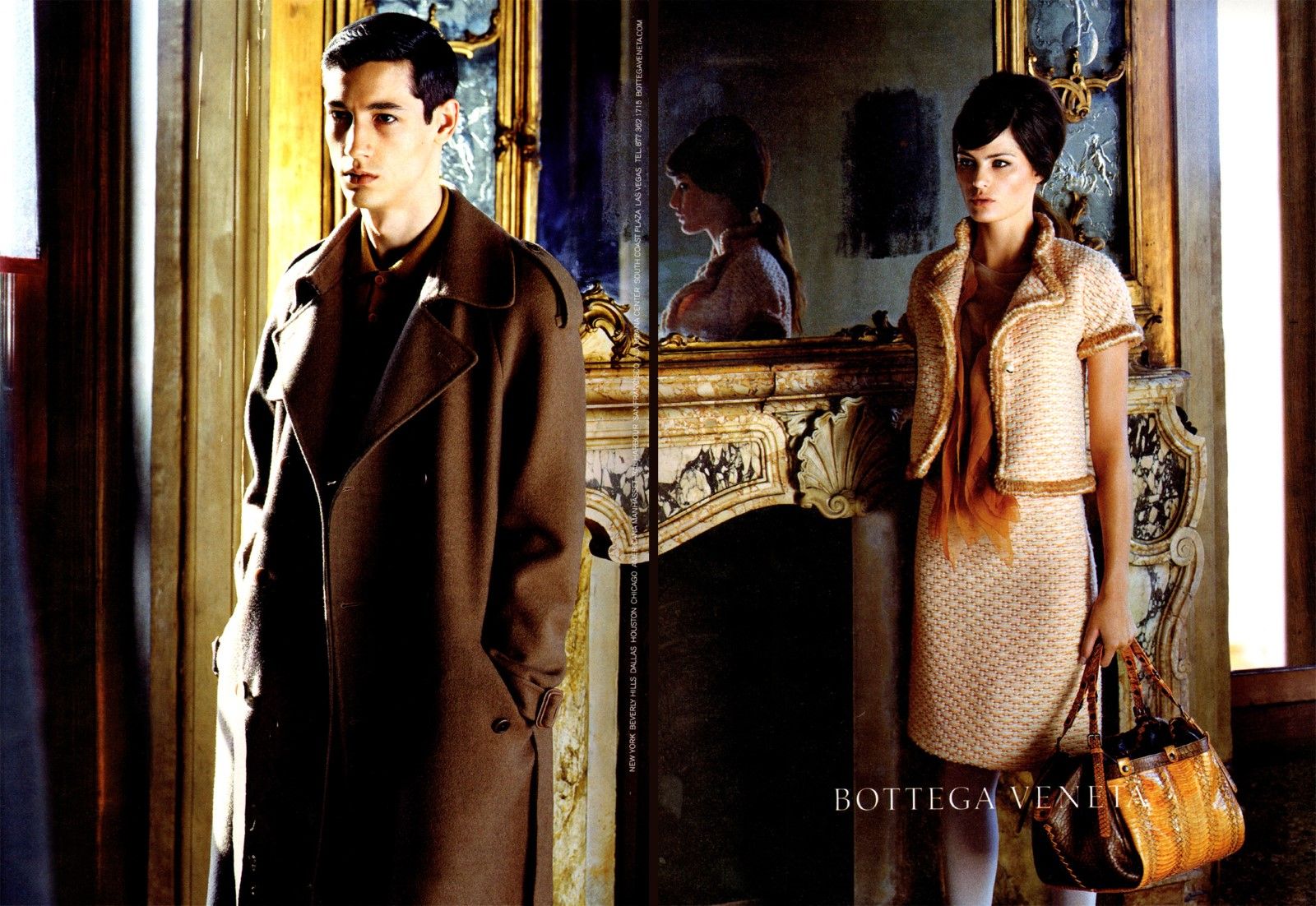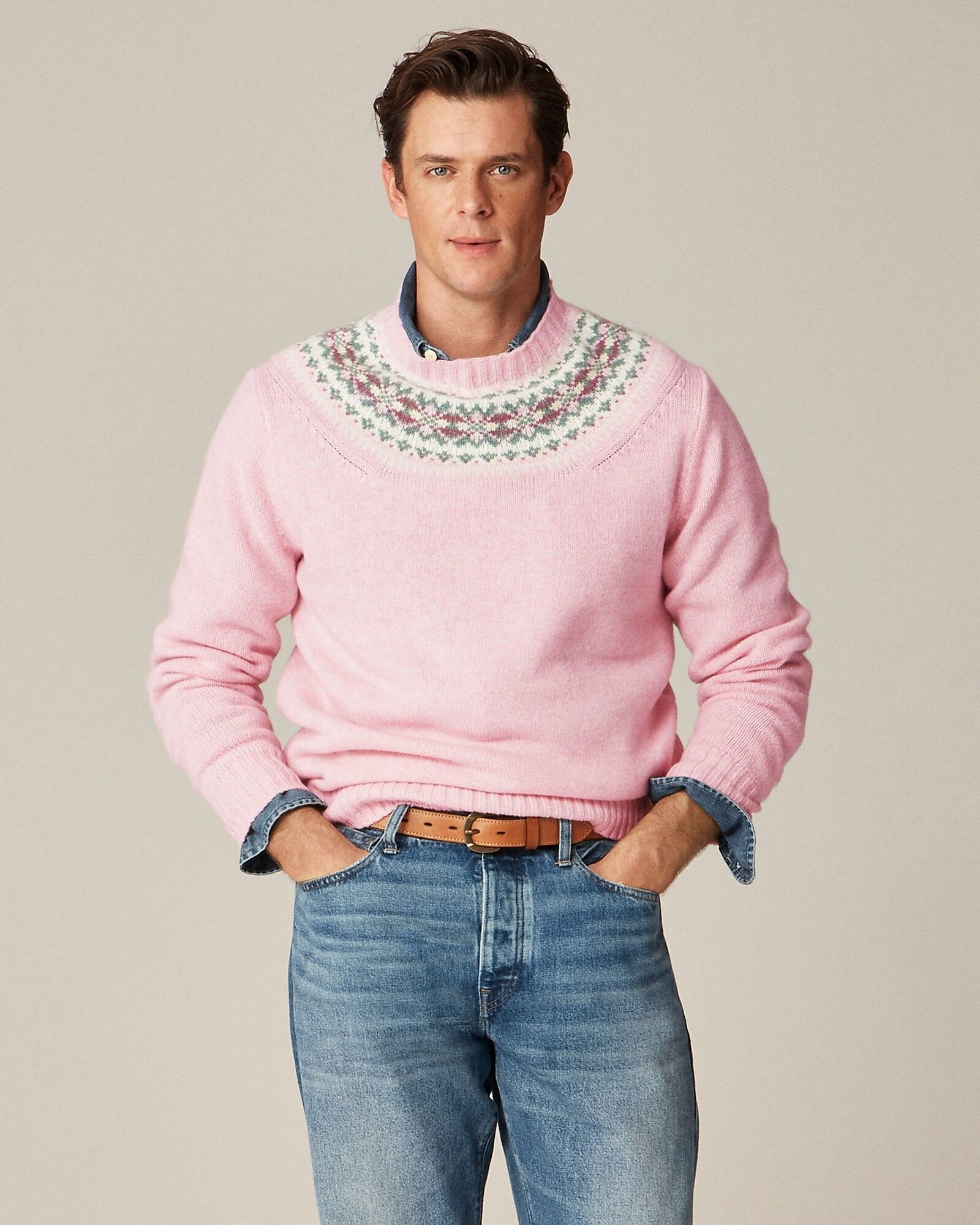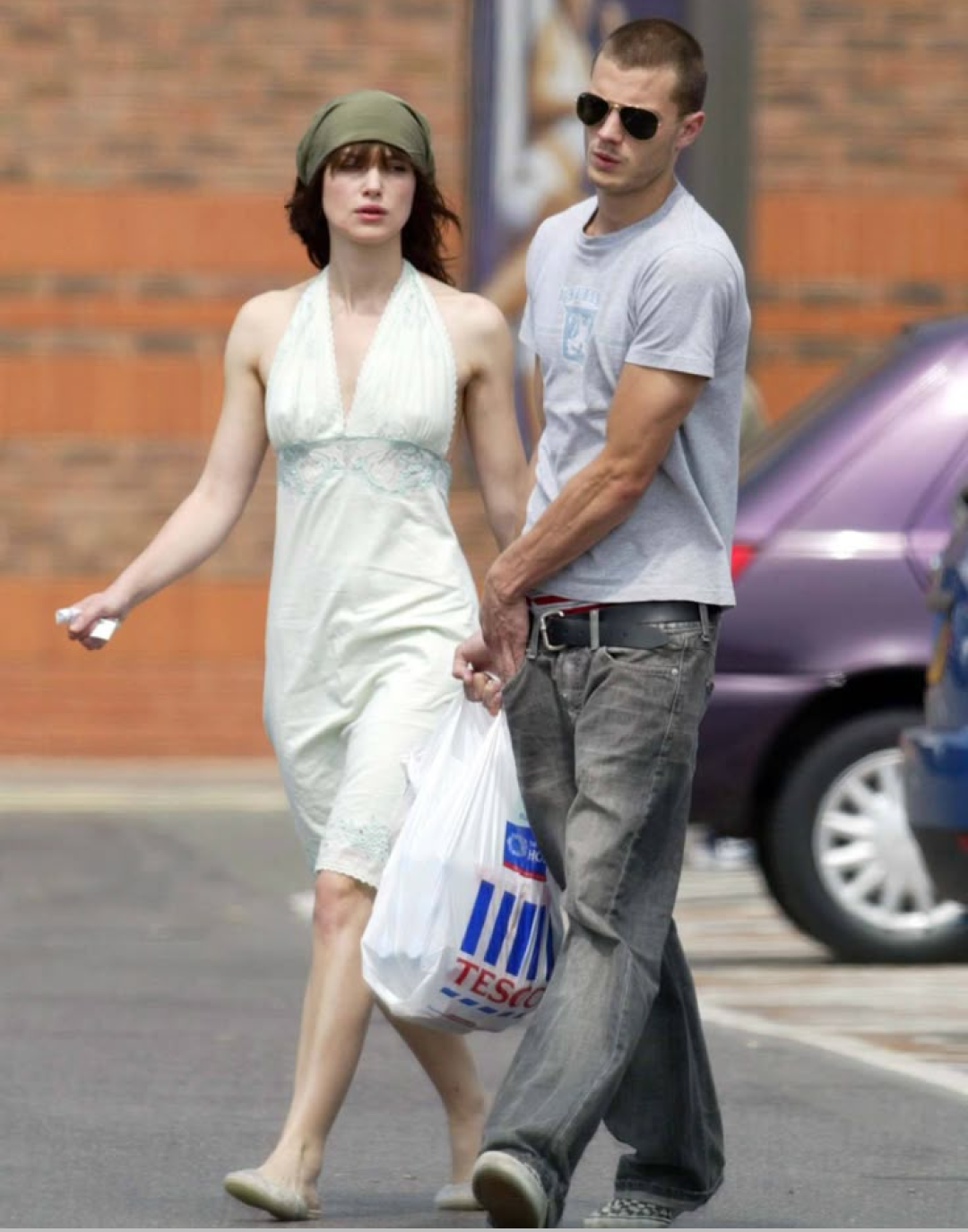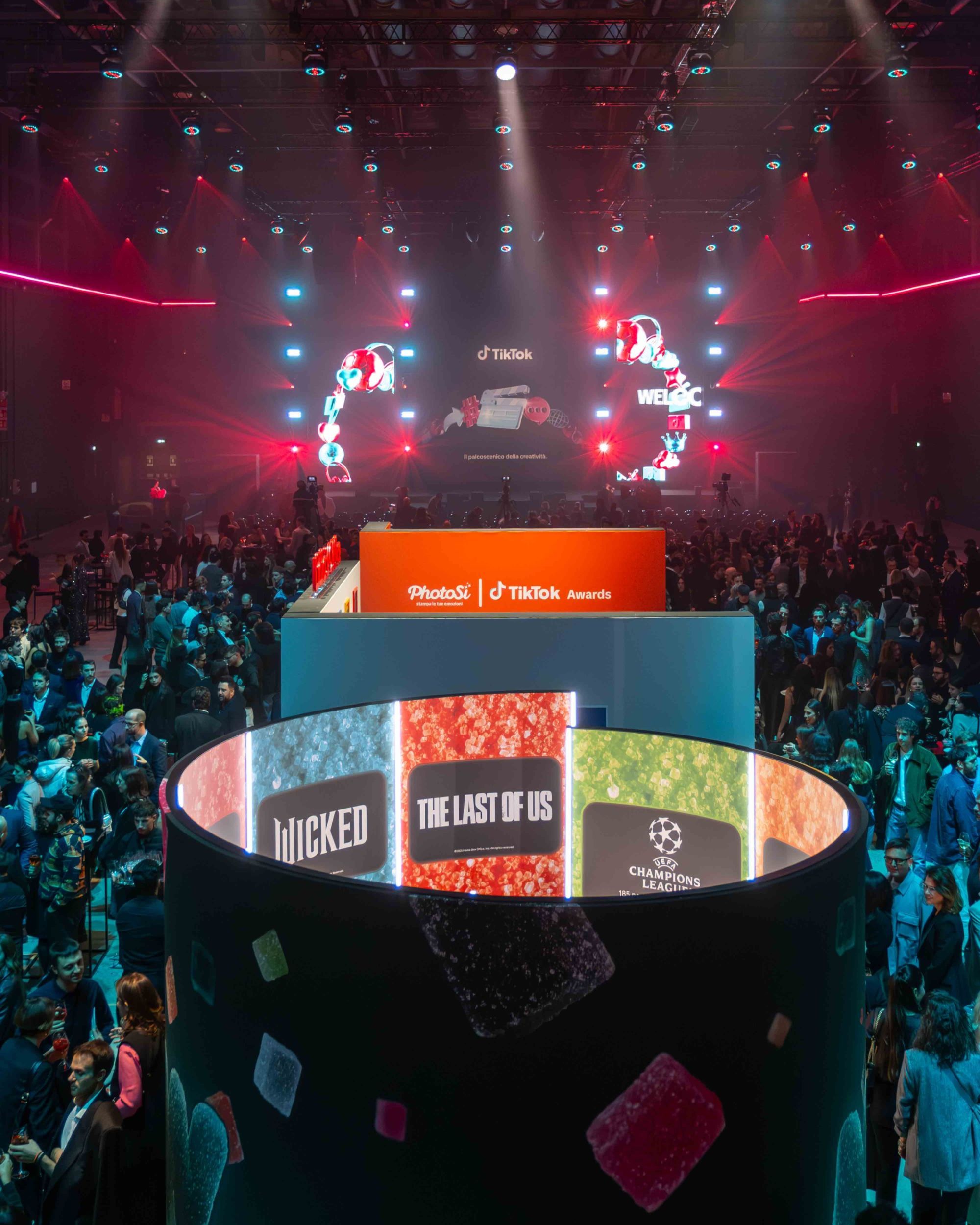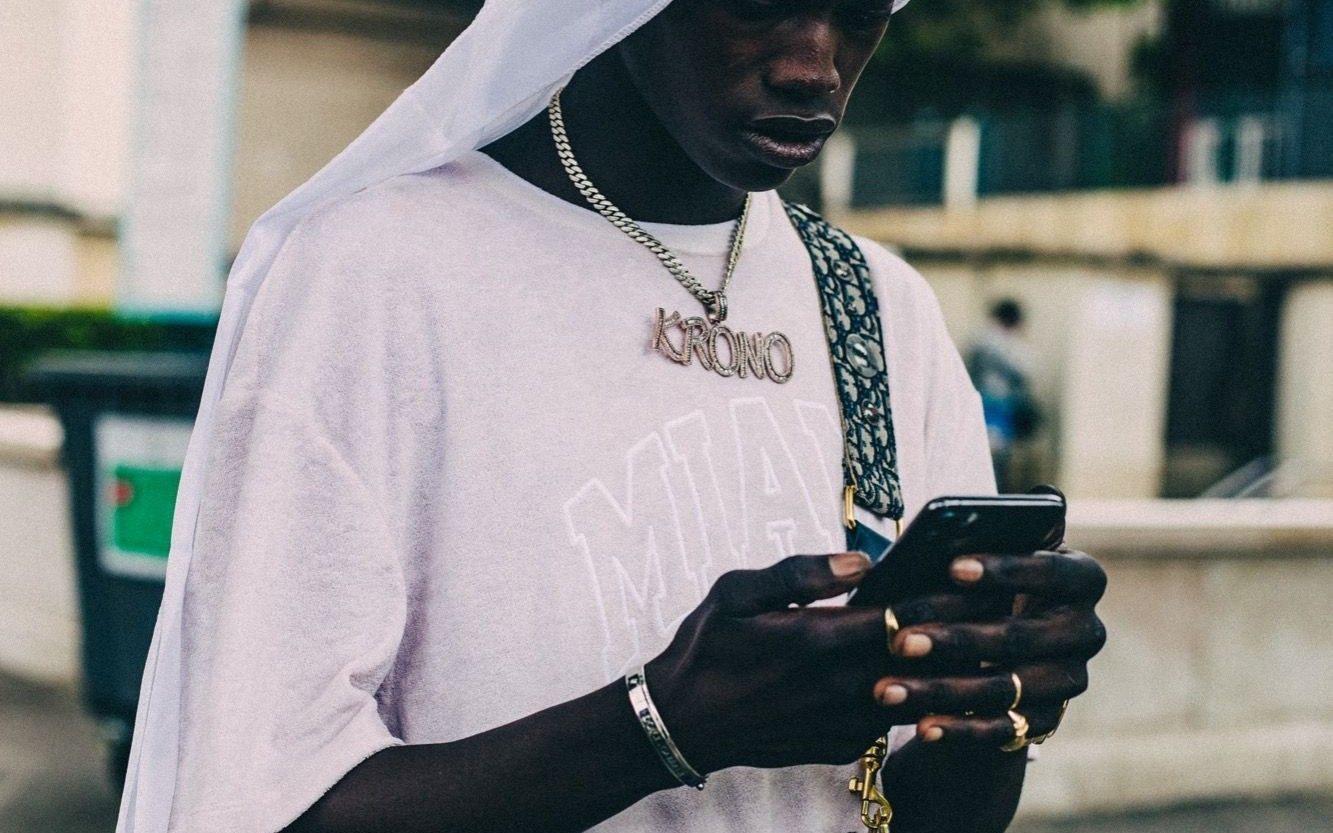
Is 2023 the year we get rid of trends? If everything is fashion, nothing is fashion
«We will reach a point where there are so many micro-trends that they will be impossible to identify. Thus imploding the trend cycle as we know it», predicted this summer Mandy Lee, the trend forecaster behind the TikTok account @oldlooserinbrooklyn. A thought also recently echoed by Hypebeast on whose pages Dylan Kelly wonders if 2023 will be the year of the «nothingcore», appealing to its readers to ensure that the trend cycle is not slowed down but obliterated altogether. We know the reasons: sustainability, overconsumption, and so on. Leaving aside for a moment the question of the sustainability of the fashion business model, a topic we have already touched on in previous articles, Kelly's article creates an interesting triangulation between the furious micro-trend cycle, Shein's astronomical success, and the rapidity with which TikTok's content and narratives multiply. Needless to say, it all ties in with the habit of affixing the -core suffix to the end of any word, with chaotic or downright negligible results (there has been so much talk of regencycore, for example, without seeing women dressed like Jane Austen characters on the street) and which already within the fashion industry are considered mostly exasperating. In short, we have not only grown tired of the monotonous succession of ephemeral trends and vogues, but we are beginning to look at these trends with distrust - waves crashing on the shoreline, replaced by other waves and so on. It is therefore worth asking: will 2023 be the year when nothing will be on trend?
@oldloserinbrooklyn #stitch with @laini ozark everything is back all at once #fashiontrends #trendcycle #fashion original sound - Mandy Lee
When in the past a trend spread, it was usually linked to a precise subculture that physically existed: those of skateboarders and punks, say, were continuous cultural movements and their "uniform" was the derivative of this culture and the lifestyle it implied; if, on the other hand, in 2022 there was talk of Regency or Dark Academia fashion instead, it was only because so many people watched a certain TV series - something much more aleatory and less enduring. Rather than representing trends, these different aesthetics represent stylistic boxes or registers that existed before and therefore rework the past, retitling and compartmentalizing it for easier consumption but without reality supporting it. Basically, it is like playing masquerade as different characters or cultural archetypes that remain interchangeable, disconnected from the larger cultural discourse and therefore unable to make a hold on the collective consciousness in a meaningful way. The Coastal Grandma aesthetic, for example, is the result of a moodboard filled with photos of Diane Keaton and Nancy Myers movies: it is less a trend than an actual label or the name we might give to a costume - it reflects nothing new. This unruliness and irrationality, which can be applied to a great many other micro-trends helps perhaps on the one hand to sell to the masses and in the short term, but risks tiring out the real big spenders who are also the kind of clientele that many luxury brands today are looking for. Other broader trends, such as Y2K or gorpcore, tend to last for one or two years at most perhaps not completely exhausting themselves in the end, but nonetheless deflating altogether and ceasing to make real news.
But was there really a year when there were no trends? Maybe, maybe more than one. Before social media exploded and before the streetwear craze that would give the fashion industry its current set-up (the drops, limited releases, collaborations, influencer marketing, and so on) i.e., in the early '10s, the last Franca Sozzani era at Vogue more or less, the general aesthetic of what appeared in fashion campaigns was both more uniform and more stable. Scrolling through old menswear campaigns from a decade ago, one can certainly see how the looks were more conservative and in some ways predictable than they are today, but also how those same looks were part of a relatively fixed continuing aesthetic thread compared to the (not necessarily negative) chaos of products and styles we see today. Even the styling of magazine editorials, for example, involved full looks that did not necessarily replicate those of the runway shows and thus did not belong to a brand-supervised narrative. The Louis Vuitton or Gucci campaigns of the time were certainly duller, yet they also possessed a suspended-in-time quality that did not crystallize them into a specific year or season. It was clearly a reflection of a world devoid of social, as well as a much older and more traditionalist fashion clientele that did not even casually imagine that one day there would be discussion of diversity, genderlessness, or that a luxury customer would be young enough to wear a hoodie. Sales at the time were certainly lower but at the same time we are willing to bet that they were also more consistent, not troubled by social controversy, not dependent on the fickleness of the public and algorithms.
2010s fashion was so atrocious I really don’t want that fashion cycle to ever come back fr after y2k let’s just go back to doing whatever
— shupasaiyan (@999NAMEK) December 23, 2022
The upcoming fashion shows in early 2023 may clarify or otherwise illuminate the future. Certainly, a timeless approach to luxury, as fashion insiders are so fond of repeating, could be the main antidote to the disconnect between what the public seems to like and what brands try to sell them-we need to understand, however, toward what outcomes such an approach leads. To return to the initial quote, Mandy Lee suggests that the exhaustion of trend-mania will lead everyone to want to express themselves individually through their clothes without necessarily adhering to broader visual or cultural moodboards. Let's hope so. After a 2022 that has seemed like the completion of a cycle for the industry, one still awaits the figure that will come up with a new look and silhouette capable of defining a decade.










































